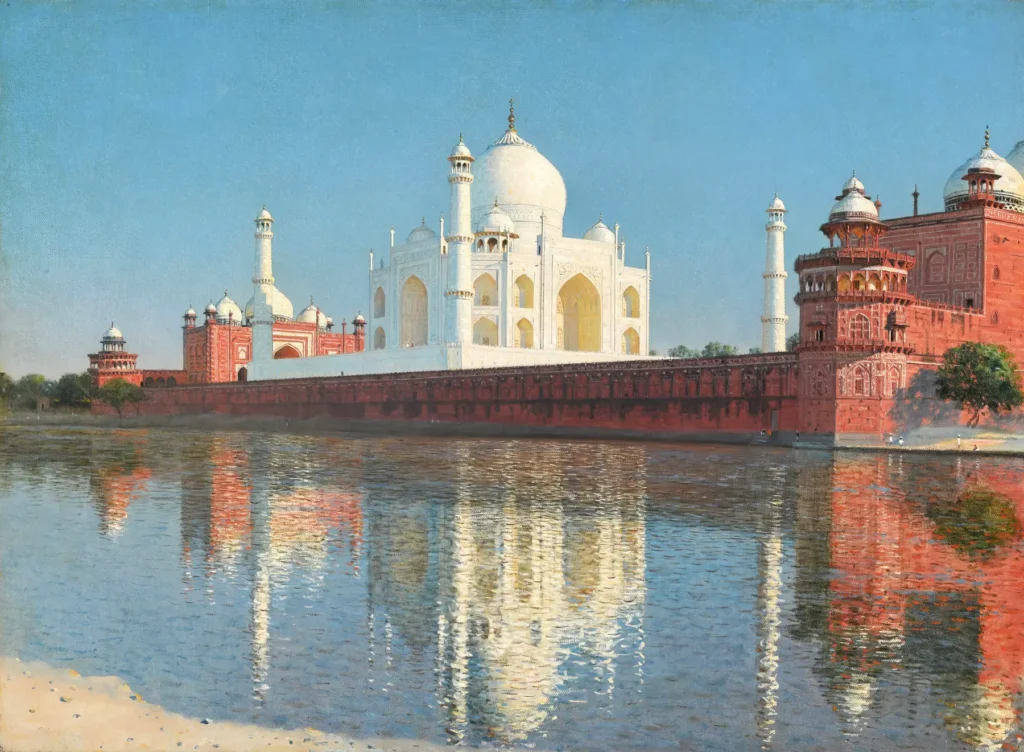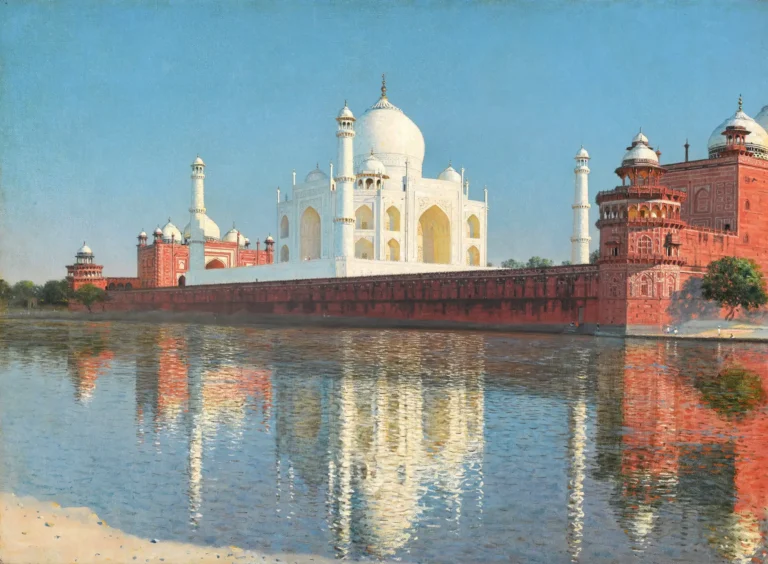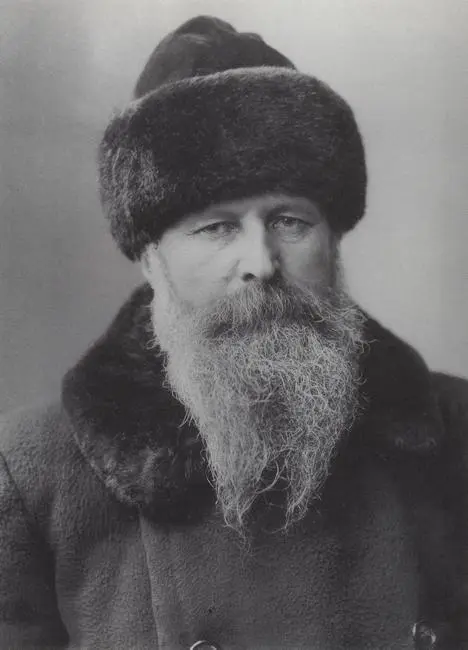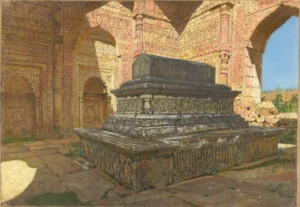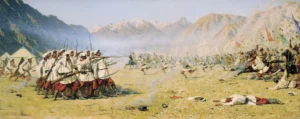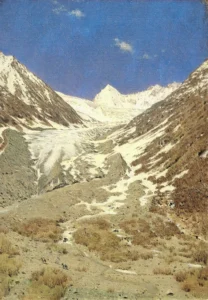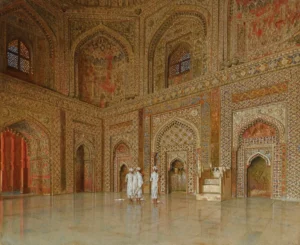Taj Mahal Mausoleum, Agra (between 1874 and 1876)
Vasily Vereshchagin's Taj Mahal Mausoleum, Agra is a breathtaking painting created from 1874 to 1876 during his travels in India. Demonstrating a commitment to Realism, it vividly showcases the architectural splendor of the Taj Mahal, highlighting its intricate details and majestic presence. Vereshchagin captures the ethereal beauty of this historical site, inviting viewers to appreciate its cultural significance and timelessness.
1874 - 1876
About the Artwork
This painting was brought to life during a transformative period for Vasily Vereshchagin, who was exploring the wonders of India. Inspired by the lush landscapes and remarkable architecture he encountered, he dedicated himself to portray the Taj Mahal not just as a mausoleum, but as a symbol of love and artistic achievement. Vereshchagin's brushwork captures the delicate interplay of light and shadow, enhancing the marble structure's beauty. His commitment to authenticity allows the viewer to experience not only the visual splendor but also a glimpse into the cultural rich history of India.
Did You Know
Vereshchagin is known for pushing the boundaries of war art and social commentary through his realistic depictions. He often used his art to highlight the human cost of warfare, making his works significant beyond mere representation.
The Taj Mahal is not only a mausoleum but a UNESCO World Heritage site, symbolizing love, devotion, and architectural beauty. It was commissioned by Mughal Emperor Shah Jahan in memory of his wife Mumtaz Mahal.
Vereshchagin’s time in India exposed him to diverse cultural influences, which enriched his artistic vision. This exposure allowed him to create works that showcased not just the physical beauty of landscapes and monuments but also the deeper stories and significance behind them.




